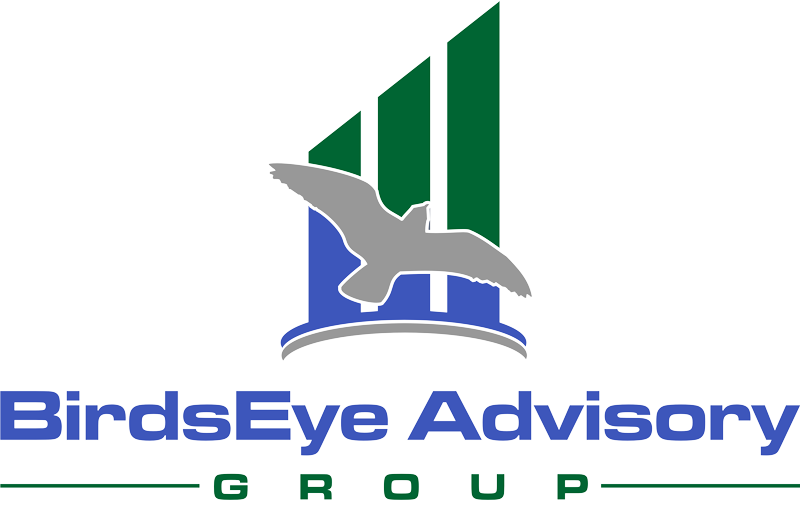Want more commitment, loyalty, and productivity out of your best employees? Give them some skin in the game.
This article is about a special program for your “top dog” team members – The Equity Participation Program. Your best employees are your company’s most valuable asset, and the EPP is a way to help ensure that they will want to stick with you to help your company grow. In my experience, the peace of mind and excitement created when your team’s hard work is rewarded by getting a “piece of the action” far outweighs the money given up to create the program.
EPP is also referred to as “Phantom Stock.” It’s called this because the “shares” earned by the employee will entitle them to participate in the equity growth of the company but not give them any voting rights. An example would be the plan I had in place with my last company, Avian Adventures. I had an employee, Erin, that was incredibly valuable to me and I wanted to reward her above and beyond the salary she was earning.
The first step is to have your attorney or someone you know that already has a program like this in place give you a document outlining how the program works and all the legal jargon that goes along with such a document. You will need the following to fill in the blanks and complete the program:
- An Employment Agreement with the employee that is participating in the program. The EA establishes that the Employee is obligated to perform certain services for your Company and that your Company is obligated to make payments to the Employee.
- The total % of Equity Participation Interest (EPI) that you want to grant to the Employee. This typically ranges from as low as 2 or 3% to as high as 20%. The more senior the employee, the higher the %. If you have multiple employees participating in such a program, the numbers can add up – and remember, the more you give them, the less you have left over for yourself. So you want to think this step through carefully.
- The Value of your business on the day the Agreement is executed. You see, the Employee only participates in the INCREASE in value they create from the date they begin participating. So if your business is worth $1 million on the date the Agreement is executed, they will participate in any gain above and beyond $1 million in Value.
- Vesting Schedule. Since the idea is for the Employee to stay around for a long time, you want their shares to vest over several years – typically 4 or So for example if you want to grant a total of 6% to your Employee, the shares might vest as follows:
- 2% on 12/31/12
- 1% on 12/31/13
- 1% on 12/31/14
- 1% on 12/31/15
There are certain “events” that would trigger the exercising (cashing out) of the Employees shares. Generally the events are either the sale of the company or the termination of employment (in which case the unvested shares would be forfeited). The Agreement describes how the payout is handled, but I will say that if the employee does quit or get terminated, you don’t have to pay out EPI all at once.
In the case of Erin, I sold the company to Midwest Homes For Pets and I was happy to write her a nice check for her four years of dedicated service.
Here’s an example of how the Program works;
- Value of Company on 05/01/12: $1 million
- Employee vests 5% after 5 years
- Company is sold for $3 million on 08/01/17
- Employee gets a check for $100,000 (5% of the increase of $2 million in the value of the company).
Don’t ya think that person is going to be THRILLED!
If you would like a sample Equity Participation Agreement that you can modify and customize for use in your company, send me an e-mail and I will forward you a sample document.
Carol Frank of Boulder, CO, is the founder of four companies in the pet industry and a Managing Director with BirdsEye Advisory Group, where she advises pet companies in M&A transactions and Exit Planning. She is a former CPA, has an MBA, is a Certified Mergers and Acquisitions Advisory (CM&AA) and holds Series 79 and 63 licenses. She highly values and incentivizes referrals and can be reached at cfrank@birdseyeadvisory.com.
